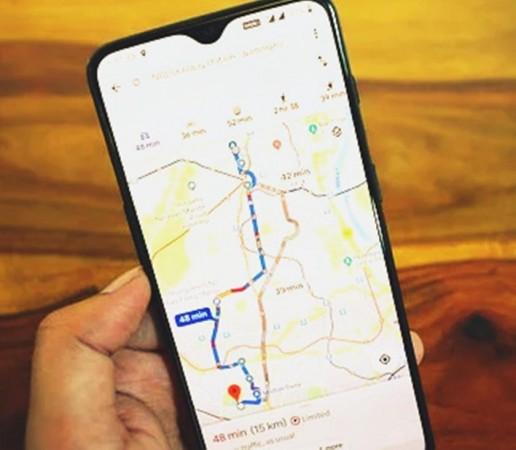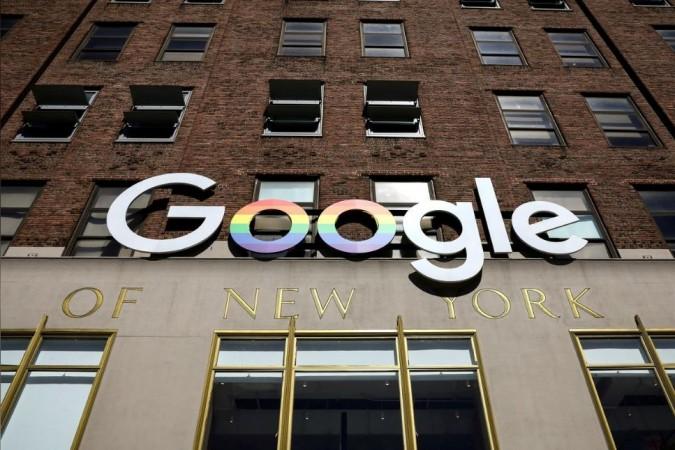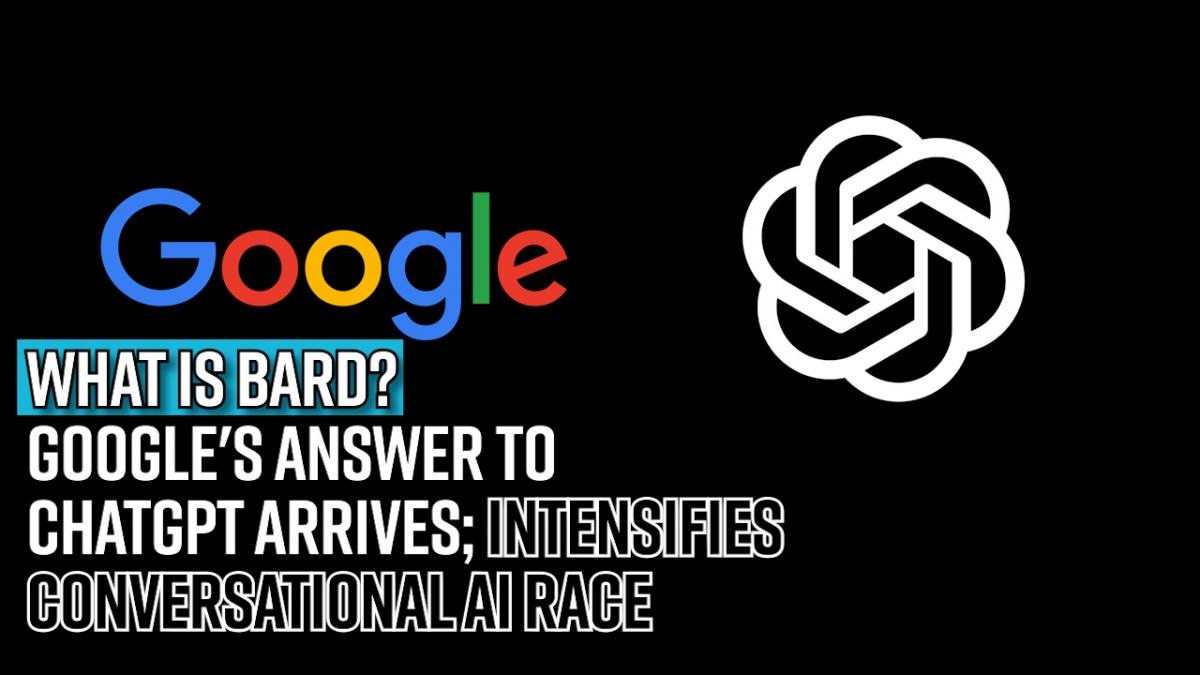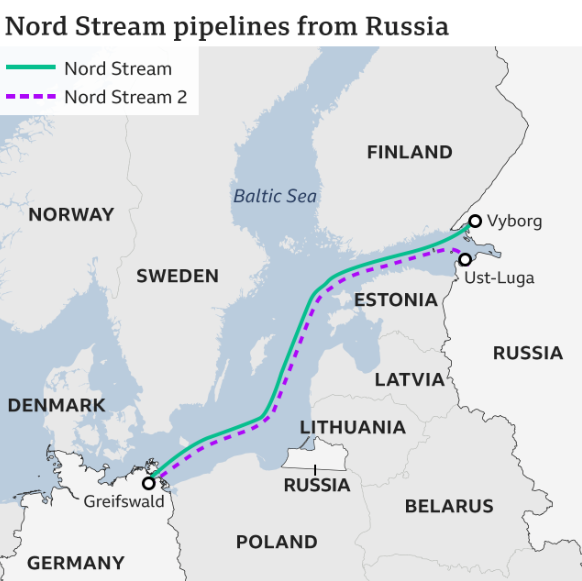Google has announced a number of artificial intelligence-enabled updates across its products, including Search, Maps, and Translate, amid rising competition from Microsoft, which is also integrating AI into its suite of solutions.
“In the coming months, you will be able to use Lens to search your screen on Android globally. With this technology, you can search what you see in photos or videos across the websites and apps, like messaging and video apps without having to leave the app or experience,” Google said in a blogpost on Wednesday.
The company also introduced multisearch, which will let users search with a picture and text at the same time. The new AI-enabled updates within Translate will give users more contextual translation options with examples in the intended, translated language.
“Our redesigned Translate experience provides a larger canvas for typing and more accessible entry points for translating conversations, voice input, and Lens camera translation,” the company said.
Translate Images with Lens
The new AI update also includes the ability to translate images with Lens, allowing users to search what they see using their device’s camera.
Google said: “It will soon expand web image translation to give users more options for translating image-based content regardless of how they search for it.”

In Google Maps, the company introduced updates for immersive view and live view, along with new features for electric vehicle (EV) drivers and people who walk, bike or ride public transit.
Using advances in AI and computer vision, immersive view fuses billions of street view and aerial images to create a rich, digital model of the world. And it layers helpful information on top like the weather, traffic, and how busy a place is.
Augmented Reality around
Search with live view uses AI and augmented reality to help users find things around them — such as ATMs, restaurants, parks and transit stations — just by lifting their phone while they are on the street.
With glanceable directions, users can track their journey right from their route overview or lock screen.

“The users will see updated ETAs and where to make their next turn — information that was previously only visible by unlocking their phone, opening the app and using comprehensive navigation mode,” the tech giant said.
The company also introduced new Maps features for EV drivers with vehicles that have Google built-in.
Within the update, Google added charging stops to shorter trips, which will suggest the best stop based on factors like current traffic, your charge level and expected energy consumption while using Maps.
Fast Charging stations
Google also added a very fast charging stations feature which will help users easily find stations that have chargers of 150 kilowatts or higher.
The charging stations in search results feature will show users in search results places like a supermarket that have charging stations on-site.







